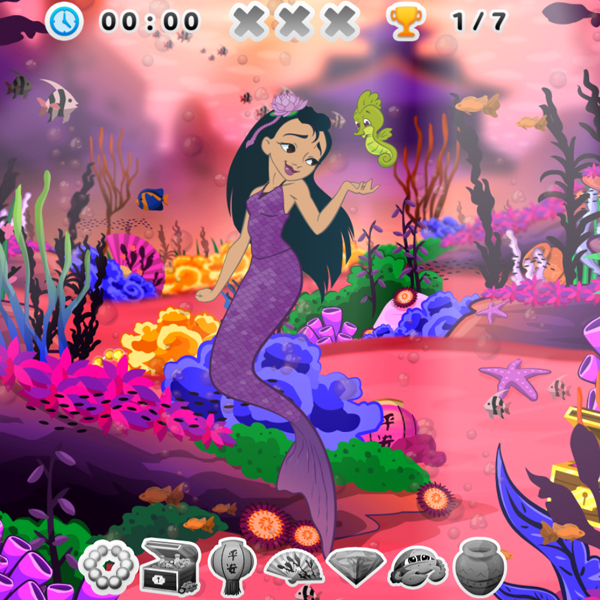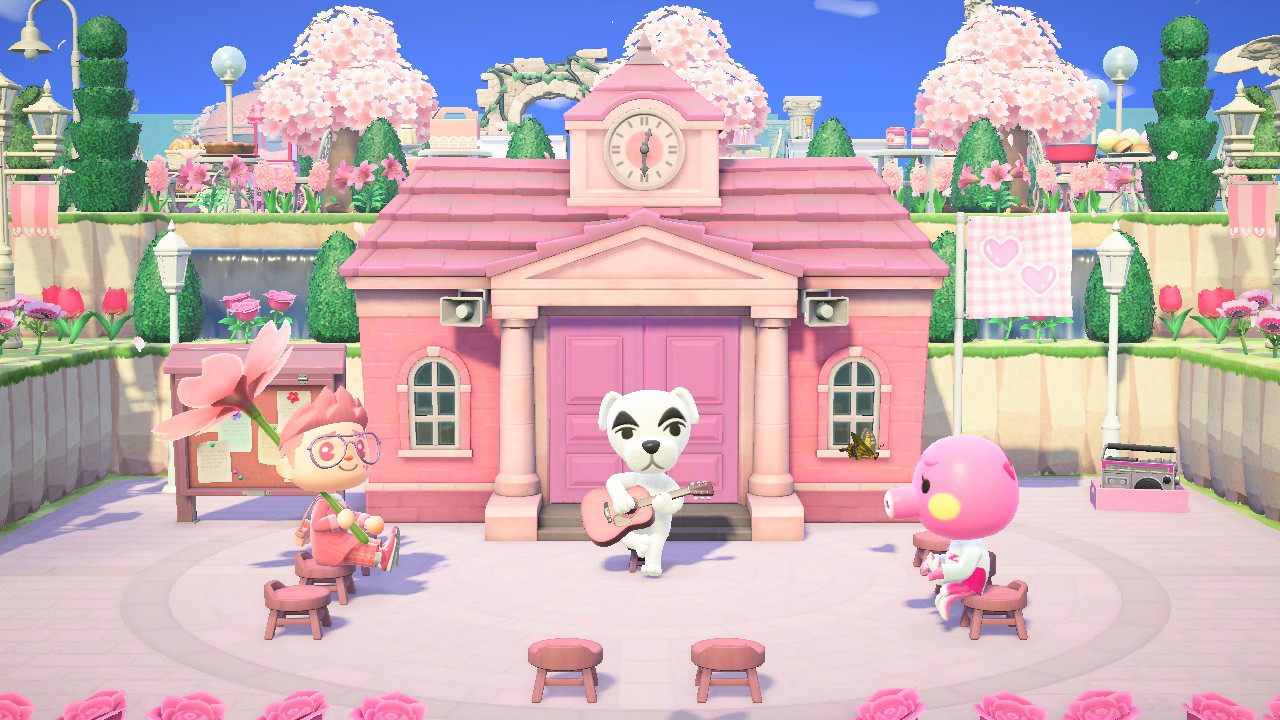The last 12 months have seen a lot of media coverage of women’s representation in gaming, coding and the tech industry. Most of the steps so far have been cultural (eg. responses to Gamergate) but there has been some direct action. The loudest being Intel pledging $300 million to improve diversity and representation. But when it comes to typical websites and experiences, the landscape is still looking pretty bleak. Since gaming and coding are closely tied together in the way programming is promoted to young people, it’s worth looking at some gaming and coding examples.
First up, we have an apparently popular (due to its high ranking on Google) website gamesgames.com and its navigational menu:

These generic games websites sometimes have a “girls” category and it’s pretty jarring, especially since I’ve never seen a “boys” category. Here, at least, many of the general categories are those that are stereotypically associated with “girls games” (eg. caring, cooking, my dolphin show).
Now, these categories are a great example of why it’s good to be careful when looking at pinkified websites. There is nothing wrong with having games about caring, cooking and dress ups. If your version of the argument is that these games do a disservice to girls because the topics they cover are crap, this is part of the problem. Deriding activities associated with femininity is an example of profound structural sexism. The problem is more with game topics being so rigidly gendered which makes the games landscape boring, restrictive and prescriptive. I’m sure part of the reason a website like gamesgames.com has a “girls” category is that it’s necessary for SEO purposes since there are plenty of people searching for “girls online games”. Without corresponding pages on their website, they would miss out on the traffic. However, even then, it’s the actual rigid categorisation inside the category (more than its existence) that’s annoying and damaging.
Now onto some examples of games in the “girls” category:
Tiles for games in the girls category, all very pink. Wedding Lily, Bartender, Frozen: Hidden Adventure, My Dophin Show 5, My Cutesy Donut, Papa’s Donuteria, Prom Queen Quiz, Bubble Mouse, Uphill Rush 5, Cinderella: Real Haircut, Baby Hazel: Spa Treatment, Skicraft, Papa’s Cupcakeria, Chicken Fettuccine, Hair Expert, Dating in Rome, Burger Restaurant 3, Bubble Mouse Blast
Ouch. Here, the arguments that girls are being done a disservice through a bombardment of stereotypical femininity makes more sense. This page never met a shade of pink it didn’t like. And to judge a game by its cover, of the 15 tiles at the top of the page, at least 6 are about appearance (specifically appearance as performance) with another 4 about girls’ ability to cook (again as performance). I’ve deliberately excluded Burger Restaurant 3 because that shows an entrepreneurial/managerial element. So over 2/3 of the games are about just two tropes about what girls are supposed to be. Not a great balance. Again, this is not about the presence of games like Hair Expert but their ratio in a landscape [or here, a desert] of possibility.
Not all websites are so rigidly gendered though. Addictinggames.com also has a “girls” category but it’s a bit different:

Girl games tiles on addictinggames.com. Tiles include: (Not) just for girls, a Furby-type creature flying through space, man sitting on park bench assembling a person, little-mermaid type character with jellyfish, a forest, some spherical cats, anime-style creatures, a female cartoon samurai-style warrior, a maze and another spherical cat in an icy forest
One of the games seems to play on (ie. mock) the idea of games being designated for a particular gender. The rest, while having graphics that are in a gendered cartoon style, seem to be focussed on stories and experiences involving the player, as opposed to recreating gender performance. Of course this website is targeting a pretty different demographic. But at least 5 of the tiles imply the game has a character the players can identify with. And nobody is doing anything overly gender-rigid. Unless you think assembling a zombie Frankenstein-style is a “girls activity”. I did almost vomit at the headline of “turn the cute dial to outrageous and get your glam on!” but I guess I’m not the target market.
Our next exhibit is Girlsgogames.com. Surely a site dedicated to games “for” girls will have heaps to choose from, right? See for yourself.
Nav menu for girlsgogames.com: adventure, animal, cake games, celebrity, cooking, doctor games, dolls, escape games, face makeup, fashion dress-up, fashion games, food serving games, fun, girl makeover, hair games, hidden objects games, horse games for girls, kissing games for girls, make up, makeover, management, music games for girls, painting, picture colouring, picture colouring, princess games for girls, quizzes, restaurant, room makeover, simulation, surgery games
Almost 50% of the categories are for the rigidly female-coded categories, which I guess is not as bad as it could be. Because 50% is less than 100%. I do <sarcasm>love</sarcasm> the separation of face make up vs makeup, as well as fashion dress up games vs fashion games. Or cooking vs food serving. Although the split of doctor games vs surgery games looks good. Maybe in a decade or two women will make up more than 9.95% of surgeons in England…
But the actual tiles should raise even more eyebrows. Here are some recommended games:
Recommendation tiles with the following (swimming in pink, all girls in cartoon-Barbie style): two girls as BFFs, a dolphin, three girls with prominently different hair, Emily’s new beginning (girl holding a baby), two glittery smartphones, two girls, a girl in front of jewellery, Stella’s dress-up fashion show, a girl putting on makeup, a girl’s belly and a stethoscope, girl giving thumbs up to cupcakes, girl on a roller coster
And I thought the other site had a lot of pink. Here, the only characters not following a strict gender role are the dolphin, and maybe the girl riding the roller coaster. It’s good that they’re keeping kids’ minds open: after all, the game with the woman’s pregnant belly (and head cropped out) is called pregnant mermaid baby care. Genre mashups are the best</sarcasm>. The split between cooking and food serving becomes more understandable. Apparently first you have to make the cupcake. Then you serve the cupcake.
Finally, we have a more serious project, MadeWithCode by Google. An actual initiative to get more women learning to program. Overall a great thing since programming is so important for non-programming STEM fields (and will become even more important when today’s students graduate). But the branding still has the residual (obligatory?) pink:
Six Google coding projects: Music Mixer (EDM, country or hip hop? Grab some code and mix away.), Kaleidoscope (Code your face into a kaleidoscopic masterpiece), Beats (This mission requires a soundtrack that you compose), Avatar (Make a 2D character with 3D personality), Accessorizer (This project is all about you. Style a selfie then share it.), Dance Visualiser (Pop and Drop! Merge dance with code to generate some next level visuals.)
And sure, the coding projects aren’t as stereotypical as they could be (because again, 50% stereotyping is less than 100%). The website comes with a paler shade of pink, and paler stereotypes too. The trouble is the actual activities seem really great. They use Blockly, a visual programming language created by Google, which seems to be a really awesome way to learn programming for kids and adults. So why then does Google need the something like the Accessorizer? A bit of sugar to help the medicine go down? I hope not.
Do you think these are stereotyped or a decent balance of what girls are likely to find engaging?





0 Comments